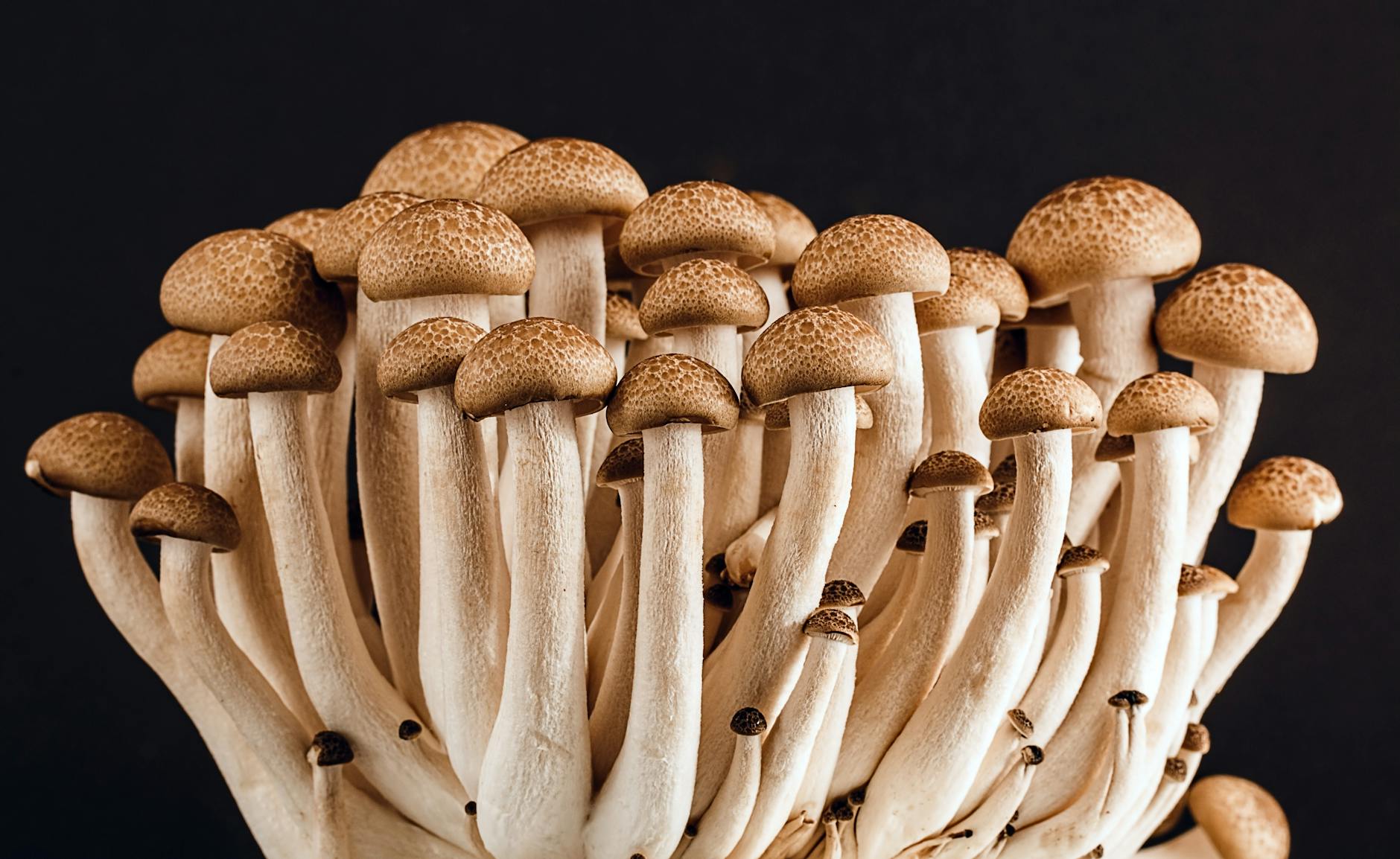Unleash the power to conquer candida with the ultimate guide to overcoming yeast infections once and for all.
Table of Contents
Living with a chronic health condition can be challenging, but with the right knowledge and strategies, it is possible to effectively manage your health and improve your quality of life. In this comprehensive guide, we will explore a range of common health conditions, from Crohn’s disease to type 2 diabetes, and provide insights into treatment options, preventative measures, and lifestyle changes that can help you take control of your health.
Crohn’s Disease
Crohn’s disease is a chronic inflammatory condition that primarily affects the digestive tract. Symptoms may include abdominal pain, diarrhea, fatigue, and weight loss. While there is no cure for Crohn’s disease, treatment options such as medications, dietary modifications, and surgery can help manage symptoms and reduce inflammation.
Cold Sore
Cold sores are small blisters that typically appear around the mouth and are caused by the herpes simplex virus. They can be triggered by stress, sunlight, or a weakened immune system. Treatment options for cold sores include antiviral medications, over-the-counter creams, and home remedies such as ice packs or lysine supplements.
Lyme Disease
Lyme disease is a bacterial infection spread through the bite of an infected tick. Symptoms can vary and may include a rash, flu-like symptoms, joint pain, and neurological issues. Early diagnosis and treatment with antibiotics are essential for effectively managing Lyme disease and preventing complications.
Bacterial Vaginosis and Yeast Infection
Bacterial vaginosis and yeast infections are common vaginal infections that can cause discomfort and irritation. Bacterial vaginosis is characterized by an imbalance of bacteria in the vagina, while yeast infections are caused by an overgrowth of yeast. Treatment options typically include antibiotics for bacterial vaginosis and antifungal creams or oral medications for yeast infections.
Rheumatoid Arthritis
Rheumatoid arthritis is an autoimmune condition that affects the joints and can lead to pain, swelling, and stiffness. While there is no cure for rheumatoid arthritis, medications, physical therapy, and lifestyle changes such as exercise and a healthy diet can help manage symptoms and improve joint function.
Mental Health
Mental health is an essential component of overall well-being and can impact physical health as well. Strategies for maintaining good mental health include regular exercise, stress management techniques, therapy, and social support. It is important to prioritize self-care and seek help if you are experiencing persistent feelings of anxiety, depression, or other mental health challenges.
| Chapter | Title | Description |
|---|---|---|
| 1 | Understanding Candida | An overview of what candida is and how it affects the body |
| 2 | Causes of Yeast Infections | Common triggers for candida overgrowth and how to avoid them |
| 3 | Symptoms of Candida | Signs to look out for that indicate a yeast infection |
| 4 | Treatments for Yeast Infections | Natural and medical remedies to combat candida overgrowth |
| 5 | Dietary Guidelines | Recommended foods to eat and avoid when dealing with yeast infections |
Parkinson’s Disease
Parkinson’s disease is a progressive neurological disorder that affects movement and can cause tremors, stiffness, and balance issues. Treatment options for Parkinson’s disease include medications, physical therapy, and deep brain stimulation. Lifestyle modifications such as a healthy diet and regular exercise can also help manage symptoms and improve quality of life.
Sleep Apnea
Sleep apnea is a sleep disorder characterized by pauses in breathing or shallow breathing during sleep. Common symptoms include snoring, daytime fatigue, and morning headaches. Treatment options for sleep apnea may include CPAP therapy, oral appliances, and lifestyle changes like weight loss and avoiding alcohol before bedtime. Addressing sleep apnea is essential for improving sleep quality and overall health.
Conclusion
Understanding common health conditions and how to manage them is crucial for maintaining your health and well-being. By staying informed, seeking medical advice, and taking proactive steps to manage your health, you can reduce symptoms, prevent complications, and live a healthier life. Remember, you are not alone in your journey to better health, and there is support and resources available to help you along the way.
FAQ
Question 1: What are the common symptoms of a yeast infection?
Answer 1: Common symptoms of a yeast infection include itching, burning, and a cottage cheese-like discharge. It may also cause pain during urination or intercourse.
Question 2: Are yeast infections contagious?
Answer 2: Yeast infections are not typically considered contagious, as they are caused by an overgrowth of naturally occurring yeast in the body.
Question 3: Can dietary changes help prevent yeast infections?
Answer 3: Yes, maintaining a balanced diet that is low in sugar and processed foods can help prevent yeast infections by reducing the food source for yeast overgrowth.
Question 4: Are there natural remedies for treating yeast infections?
Answer 4: Some natural remedies for treating yeast infections include probiotics, boric acid suppositories, and tea tree oil. However, it is important to consult with a healthcare provider before trying any natural remedies to ensure they are safe and effective.





